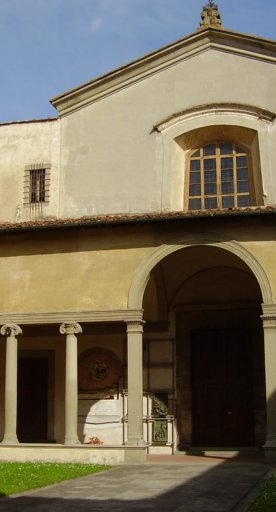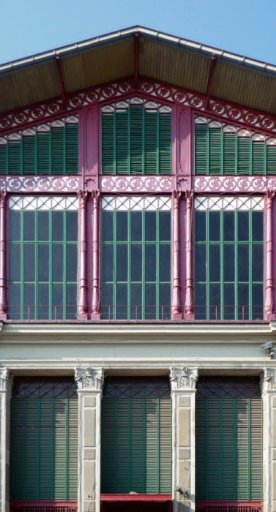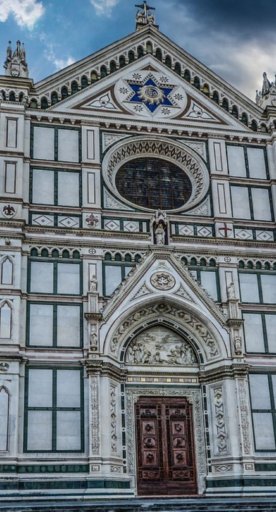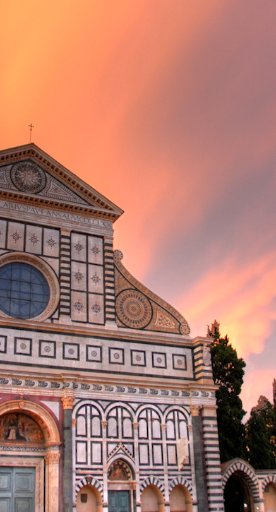
Porcellino fountain in Florence
The popular statue that, according to tradition, brings good luck to anyone who touches its nose
On one side of the Loggia del Mercato Nuovo, between Piazza della Repubblica and Ponte Vecchio, you will find the Porcellino fountain, easily spotted by the many people who surround it every day.
The popularity of this statue is thanks to the legend according to which touching the nose of the piglet, which is really a wild boar, brings good luck. To be more precise, the process entails putting a coin in the pig's mouth after rubbing its nose: if the coin falls through the grate where the water is falling, it will bring you good luck... otherwise it will not.
The fountain currently standing in the Mercato Nuovo is a copy of the original by Pietro Tacca, a 1633 bronze work kept in the Bardini Museum, commissioned by Cosimo II and turned into a fountain a few years later, a decision made by Ferdinando II de' Medici. Probably dating back to this moment in time is the creation of the octagonal plinth enriched with a depiction of the boar's typical habitat, also made of bronze: remarkably realistic marshes with plants and animals, like amphibians, reptiles and mollusks.
Tacca's work is itself a copy of a Roman marble statue, inspired by a Hellenistic work, given to Cosimo I by Pope Pius IV in 1560, now in the Uffizi Gallery.
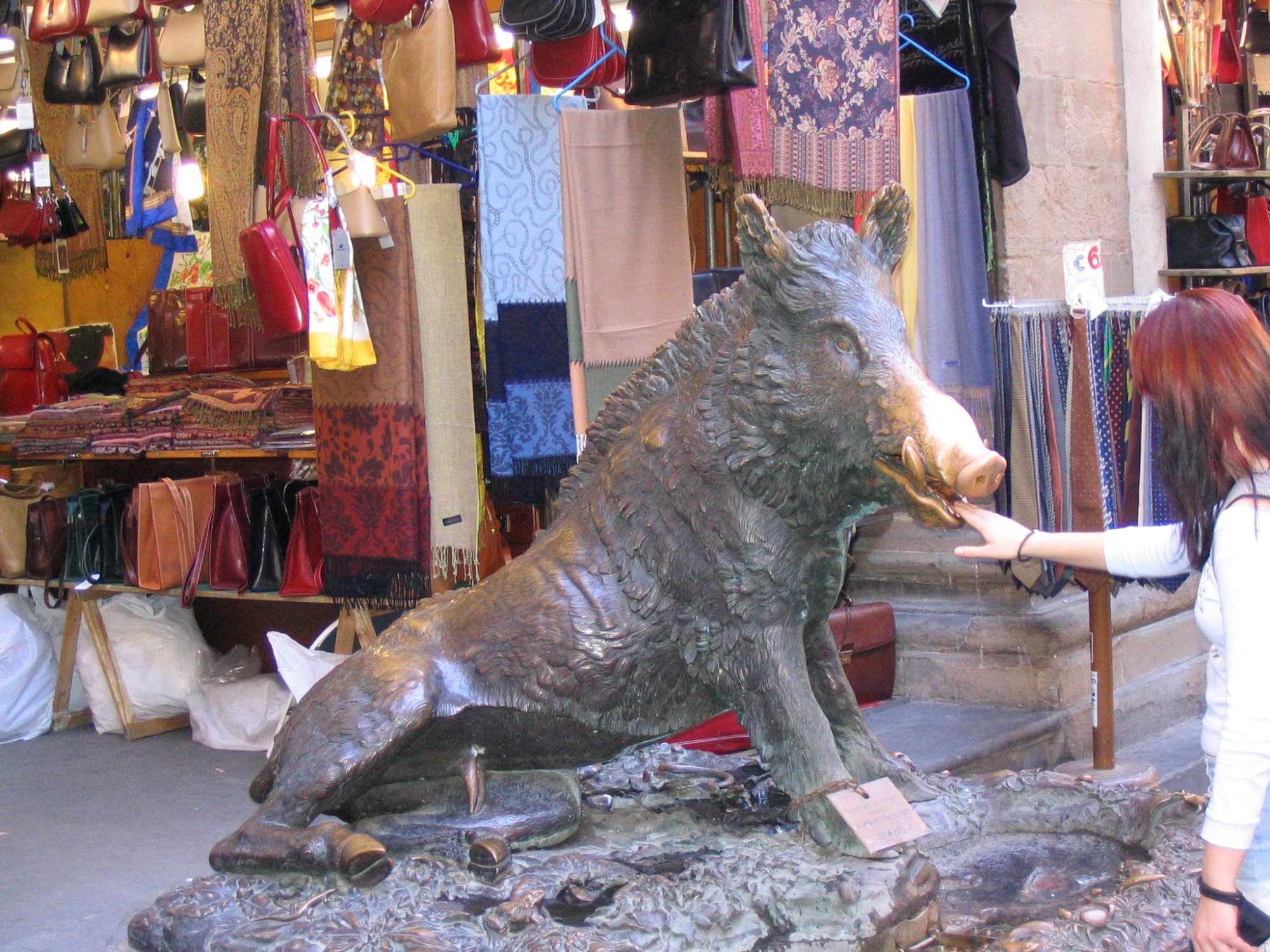
The fountain mostly served a practical function, as well as a decorative one, as it supplied water to the merchants who traded in the market, who at the time specialised in buying and selling fine fabrics such as silk, brocades and woollen cloths.
The base is an octagonal shape, decorated with a bronze representation of the marshy environment where the wild boar lives, with remarkably realistic plants, amphibians, reptiles and molluscs.




